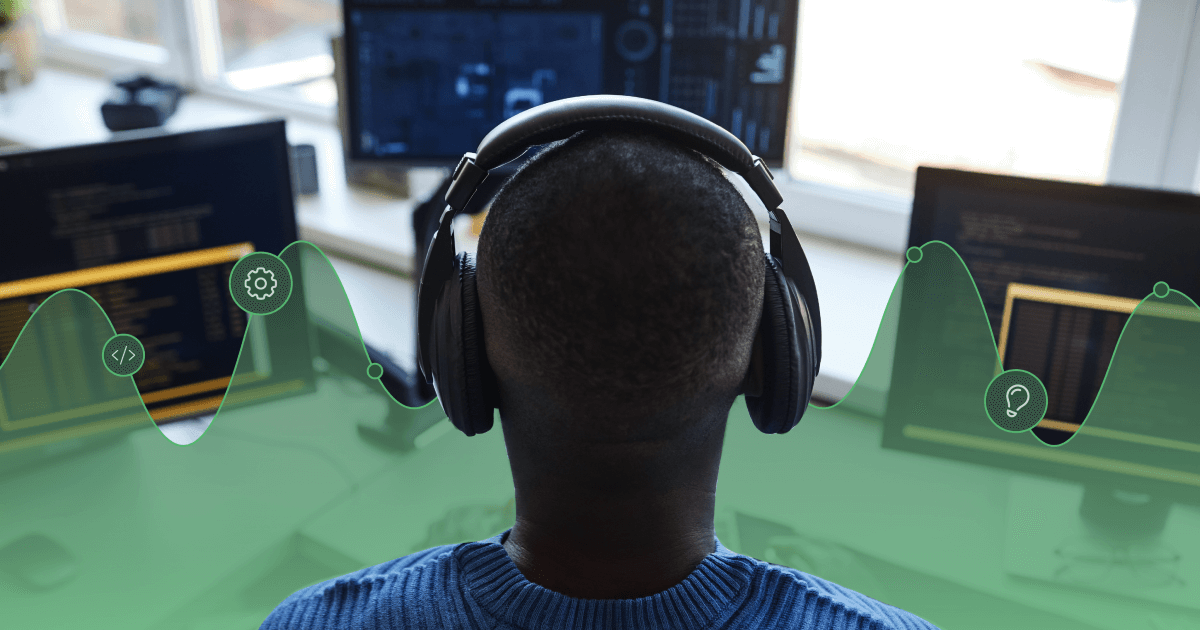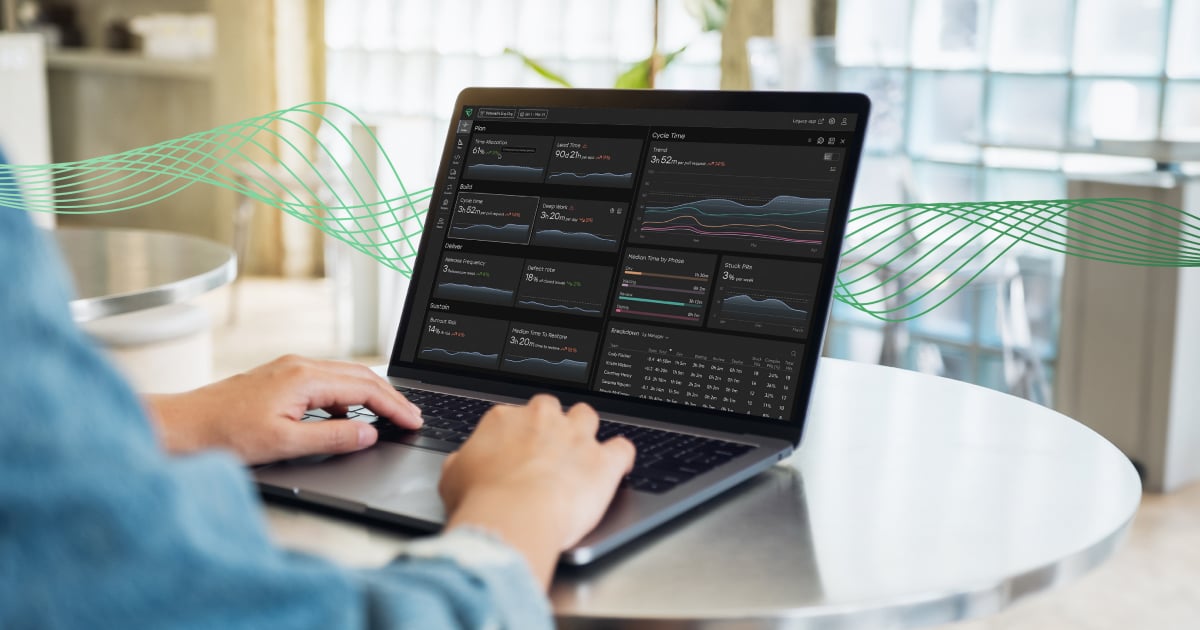Blog
Featured Uplevel Posts
KTLO in Software Development: Best Practices for Leaders
Allocating time for KTLO in software engineering is a challenge for engineering leaders. Here are some techniques we've seen succeed at Uplevel.
Messy Jira? Meet Uplevel's Engineering Time Allocation Model
Messy project management data shouldn't keep engineering leaders from successful time allocation. Learn how Uplevel finds the signal in the noise.
Search By Tags
- Engineering Leader
- Engineering Health
- Time Allocation
- Uplevel Advisor
- Uplevel News
- Engineering Effectiveness
- Developer Burnout
- Developer Deep Work
- Engineering Productivity
- Expert Series
- Uplevel Values
- Uplevel Award
- DORA
- Deep Work
- Engineering Research
- Product Velocity
- Research Report
- Software Development Alignment
- Uplevel Case Study
Search By Keyword
Time Allocation Strategies for Engineering Leaders
Learn practical applications for time allocation insights and how you can use them to build effective engineering orgs.
Deep Work Is a Multiplier for Engineering Organizations
Deep work time is critical for software engineering teams. Here's how leaders can measure it to help their teams deliver on high-value projects.
Uplevel Survey Report: Are CTOs and Devs aligned
CTOs are disconnected from their developers, the 2023 Uplevel Software Engineering Alignment Survey finds.
Behind Uplevel's Chat Interruptions Feature
Learn about Uplevel's Chat Interruptions feature and how you can use it to support your organization from data scientist Anne Sallaska.
DORA Metrics Are Only Part of the Equation
DORA metrics measure engineering efficiency. Here's why enterprise organizations need more a more holistic view.
Why software developers need customer empathy — and how to help them care
Engineering orgs have an empathy problem. In this article, Uplevel CTO Nimrod Vered discusses how engineering leaders can help bridge the empathy gap between their customers and devs, and why doing so benefits both.
Q&A with Michelle Salvado, technology exec and advisor
Uplevel guides engineering teams to fulfill their highest potential. In this pursuit, we consult with all kinds of experts, and they always teach us something new. We’re introducing the Expert Series to share this wealth of knowledge.
There’s a better way for dev teams to measure velocity
Velocity is best measured by looking at how much uninterrupted focus time your developer teams have and how effective they are within those periods.
25 ways to piss off your devs
We asked our software developers what drives them crazy at work and how to build a better dev team culture. Here’s a list of things they say you shouldn’t do.












